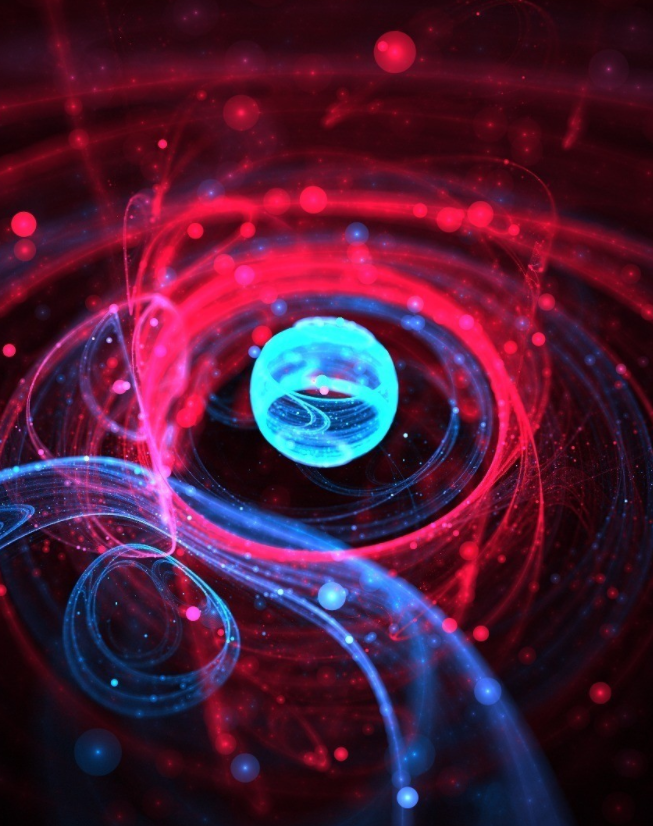Based on recent experiments, scientists have found that protons, a subatomic particle, is 30 billionths of a percent lighter than previously believed. This new mass calculation is three times more accurate, but no one is quite sure why.
The new mass was found by researchers at the Max Planck Institute for Nuclear Physics. A proton was trapped by magnetic fields in a vacuum with temperatures near absolute zero and then based on its velocity as it moved around the mass was recalculated by comparing that to a hydrogen particle and the nucleus of carbon 12.
The new weight of a proton is 1.007276466583 whereas before it was 1.007276466879 according to the Committee on Data for Science and Technology records.
Although minute, the big news here is not the change as much as the fact that there seems to be no reason behind the change.
“Of course, 99 percent of the time, it’s an experimental issue,” Researchers said Peter Mohr, a CODATA member. The initial figures have been posted on arXiv.org for the scientific community to review before pub researchers. Will repeat the experiment to try to get the same results or greater precision. A review is important because if accurate, the change will effect fundamental physics values as protons are essential units in the field. Other key units, like the Planck constant, has also been recently changed.
One of the ways the mass of protons can make an immense impact in all of the physics is in answering the question: How can there be the matter when matter and antimatter cancel each other out?
A slight difference between the weight of a proton and an antiproton could be enough of a difference to allow the matter to exist the way that we know it. The symmetry in things like time, space, and charge is described in theory called CPT theorem. If a loophole could be found in this theorem, we may finally understand the paradox of symmetry between matter, and it’s opposite that somehow allows the matter to exist and not be immediately canceled out by its opposite.
The most recent anti proton measurement was taken last year at CERN and equally matched the known proton mass at the time. There is a chance that if it is repeated the tiny difference will still stand but it’s not such an amazing breakthrough at the moment. “We don’t break through new principles that often,” says Mohr.
Hamish Johnston, of physicsworld.com, says that the more precise measurement explains why a proton’s radius seems 4 percent smaller than theory predicts.
More News to Read

